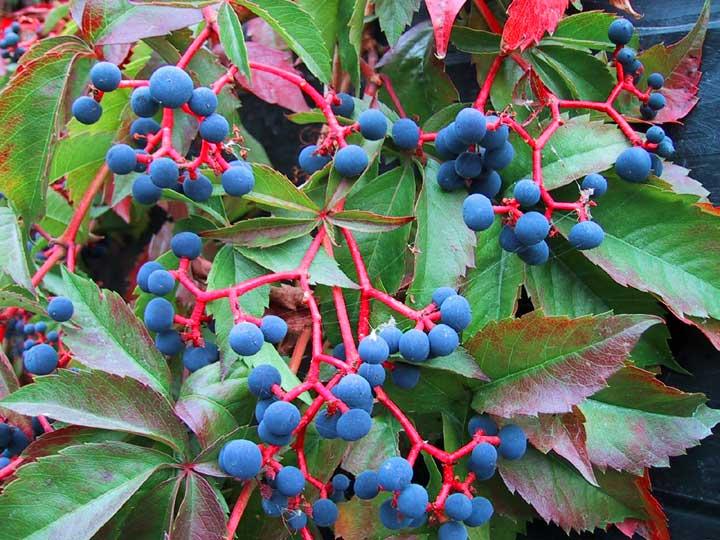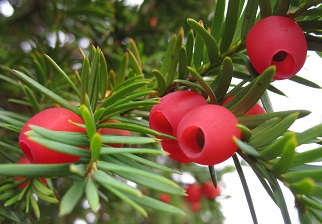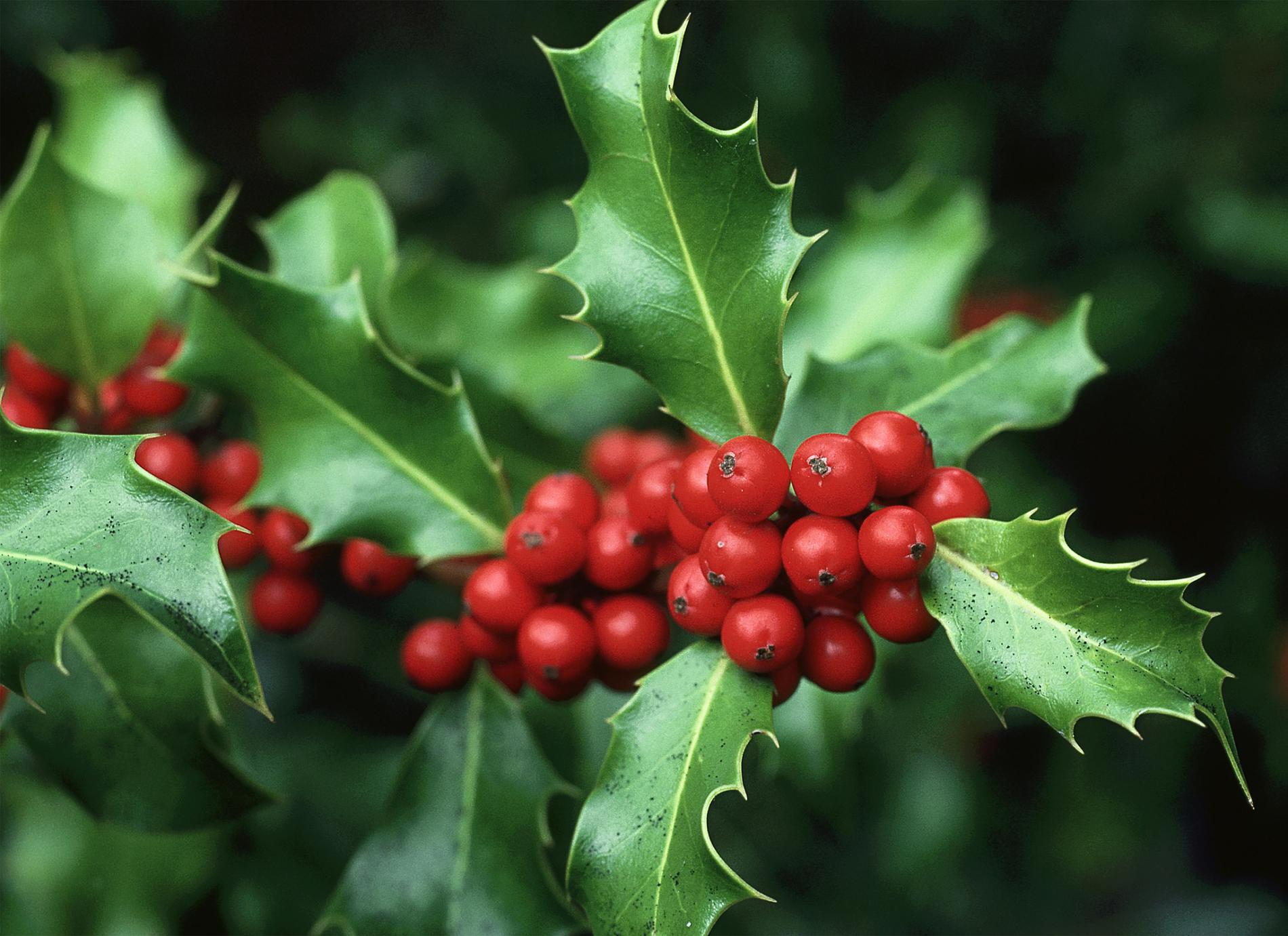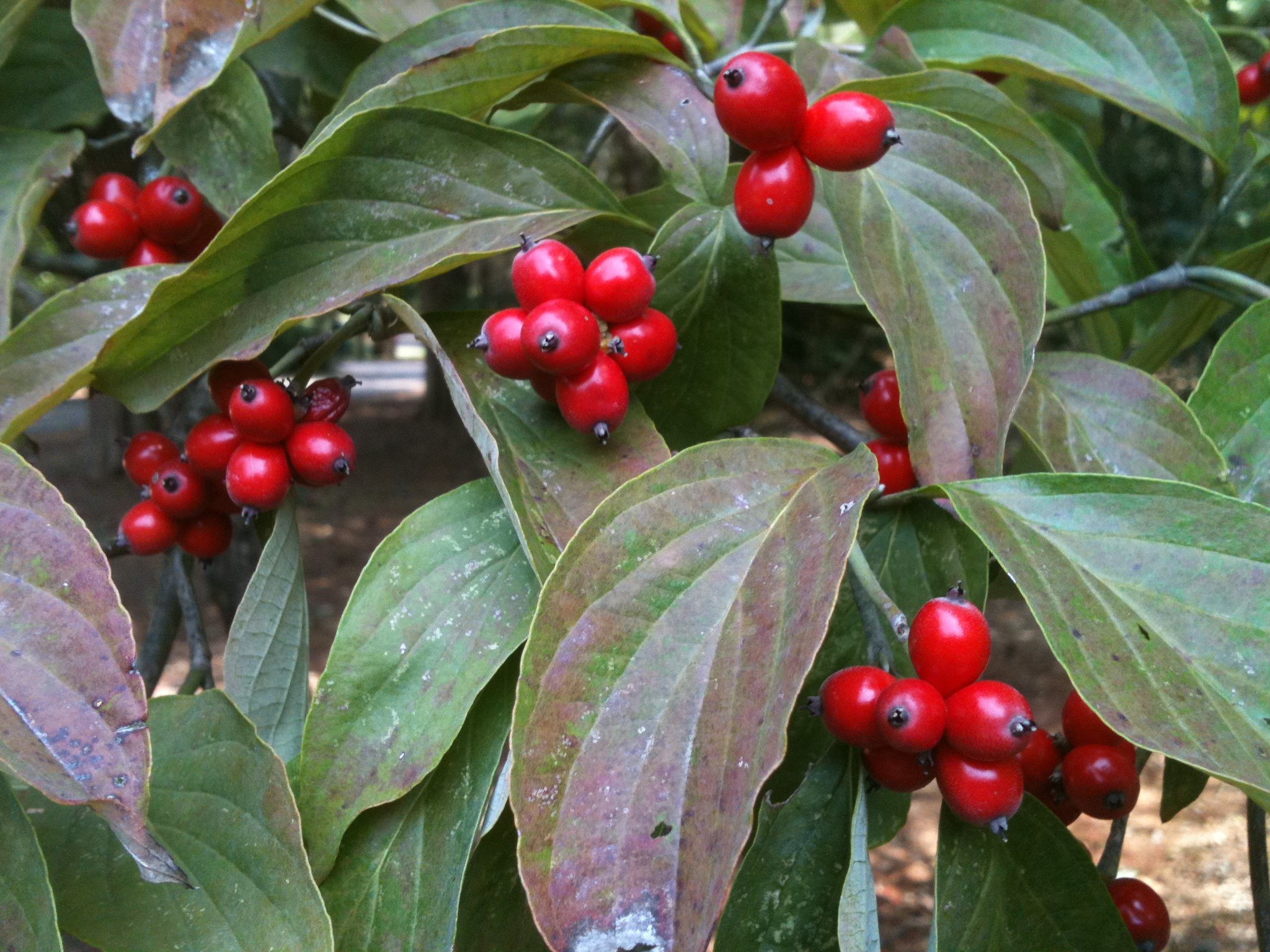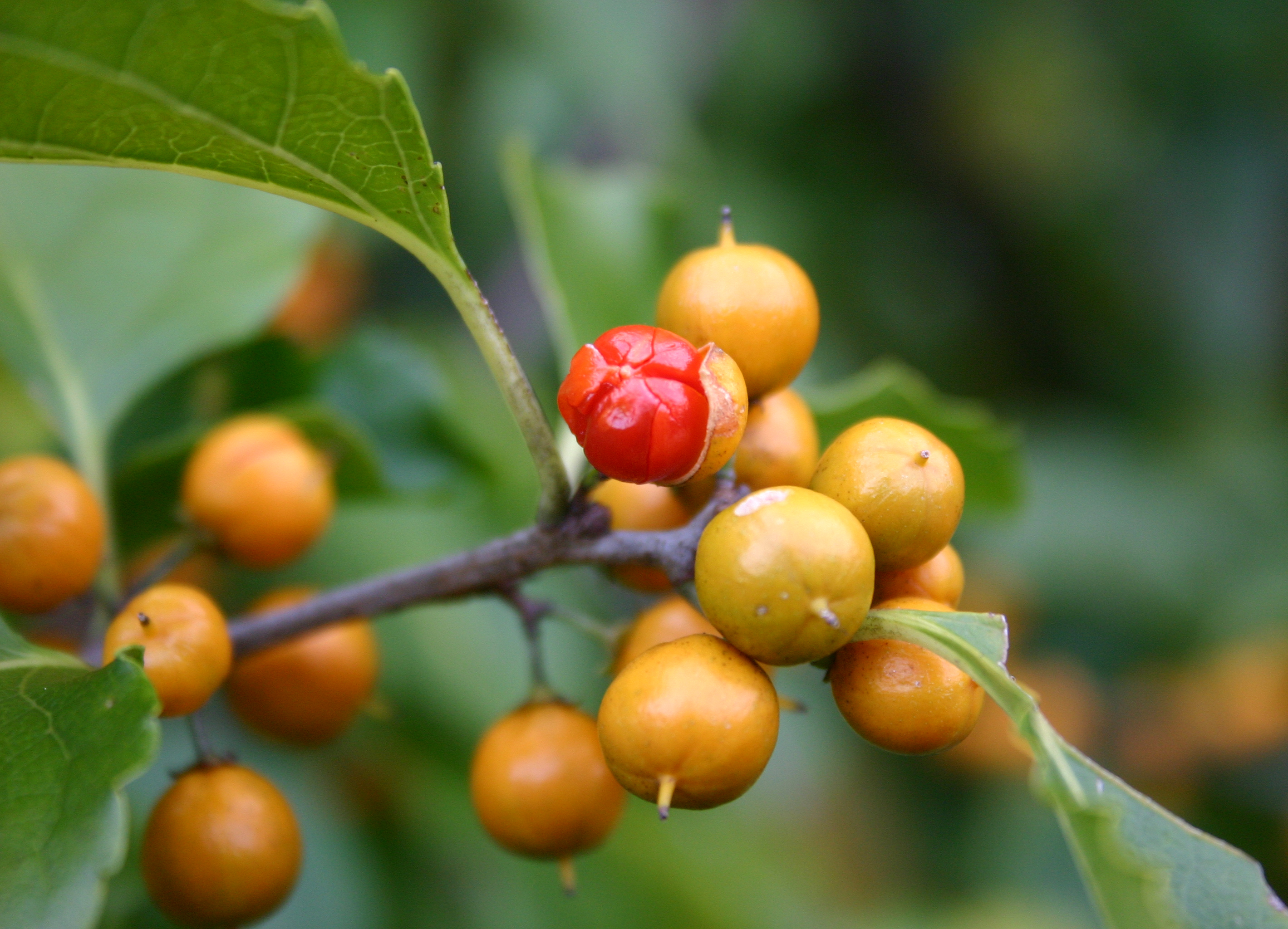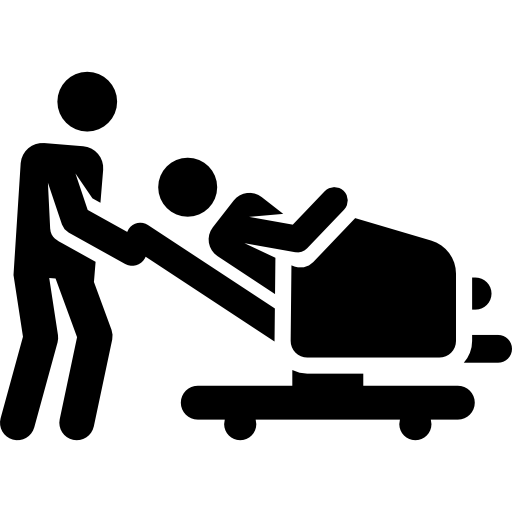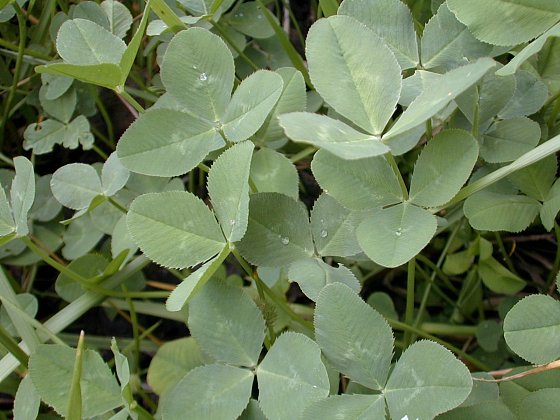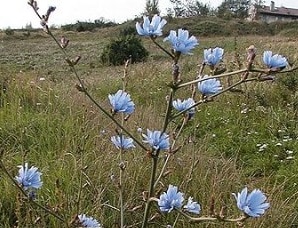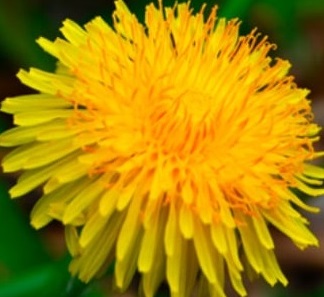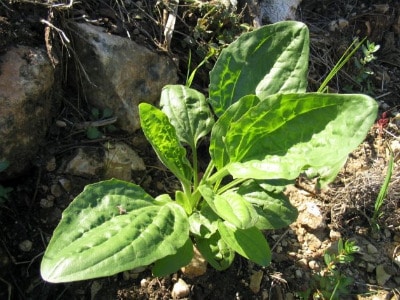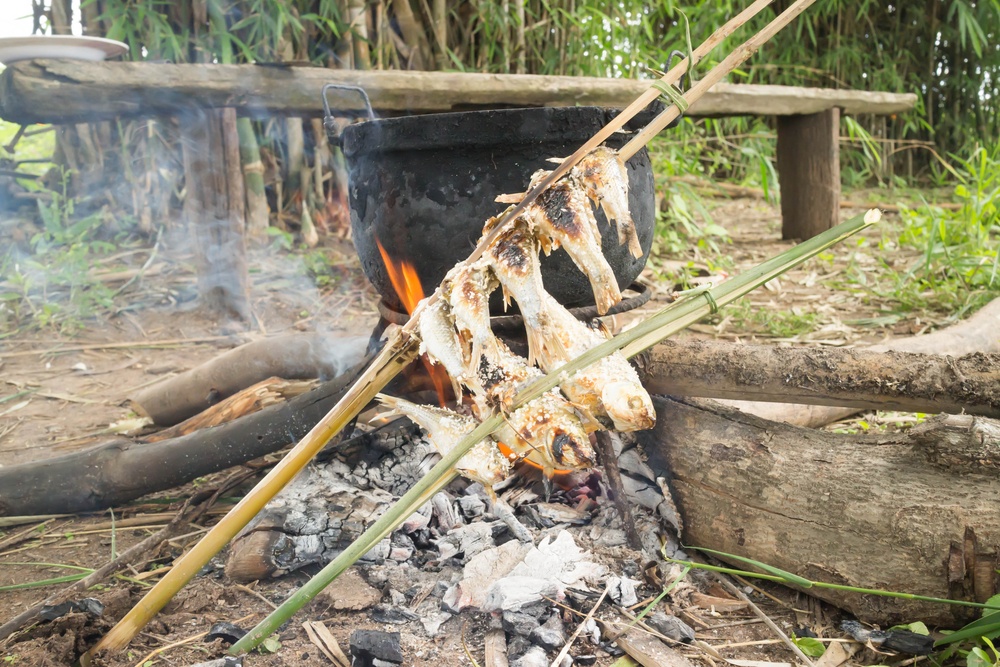1) Hunters should not handle or consume deer or other wild animals that appear sick or act abnormally, regardless of the cause.
2) Keep raw meat and cooked meat separate to prevent cross-contamination.
3) Keep food surfaces clean. Wash all utensils, plates, platters, and cutlery as soon as used.
4) Separate raw food from cooked food.
5) Cook food thoroughly, to the appropriate temperature.
6)Use safe water and raw materials.
1) E.coli: Symptoms include severe diarrhea (some bloody), and painful abdominal cramps.
2) Salmonella: Symptoms include headache, muscle aches, diarrhea, vomiting, abdominal cramping, chills, fever, nausea and dehydration. Symptoms usually appear six to 72 hours after ingestion of the bacteria.
3) Trichinellosis: The 1st symptoms is gastrointestinal, and it occures one to two days after eating raw or undercooked meat from an infected animal. Other symptoms include nausea, diarrhea, vomiting, and abdominal pain.

